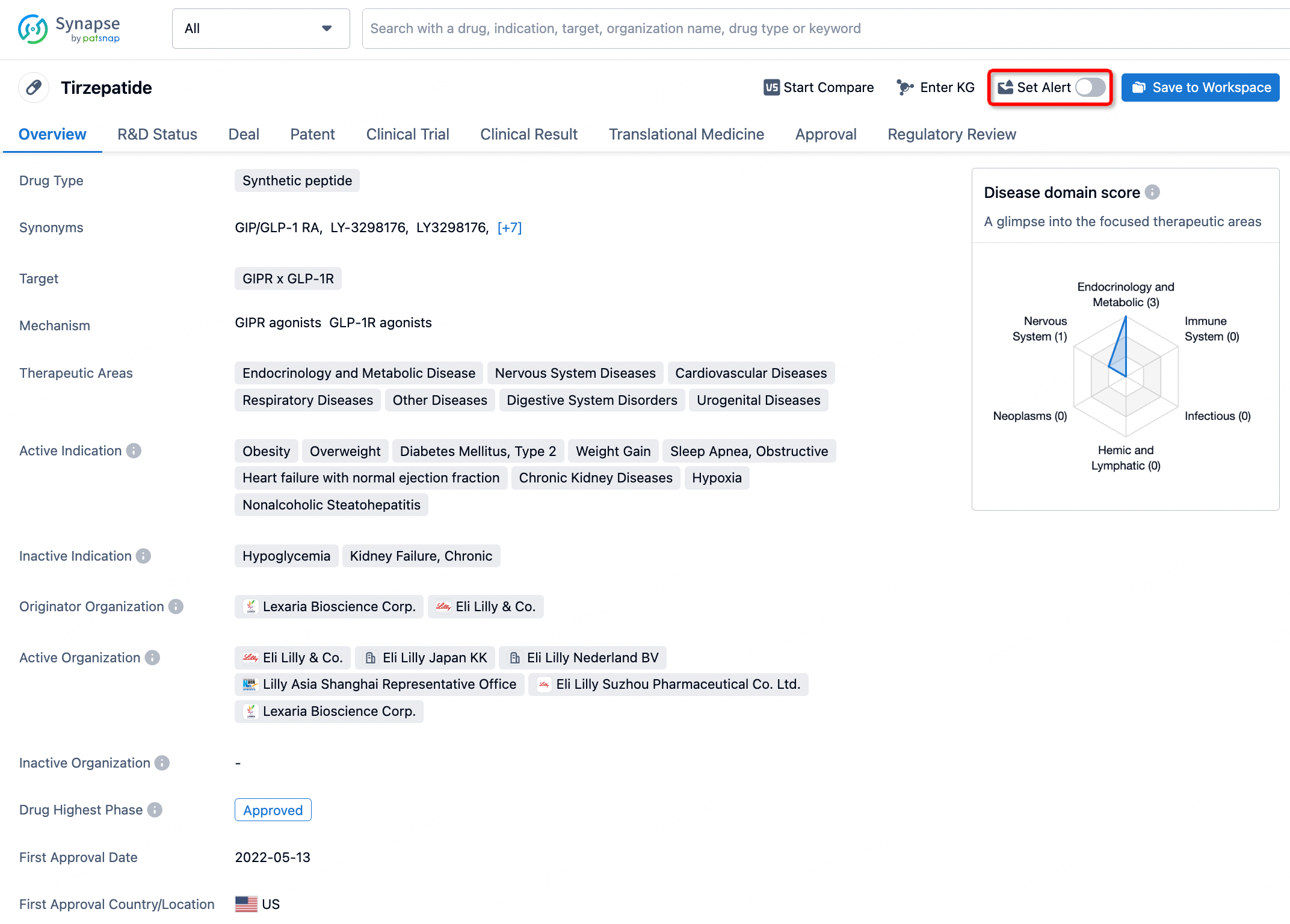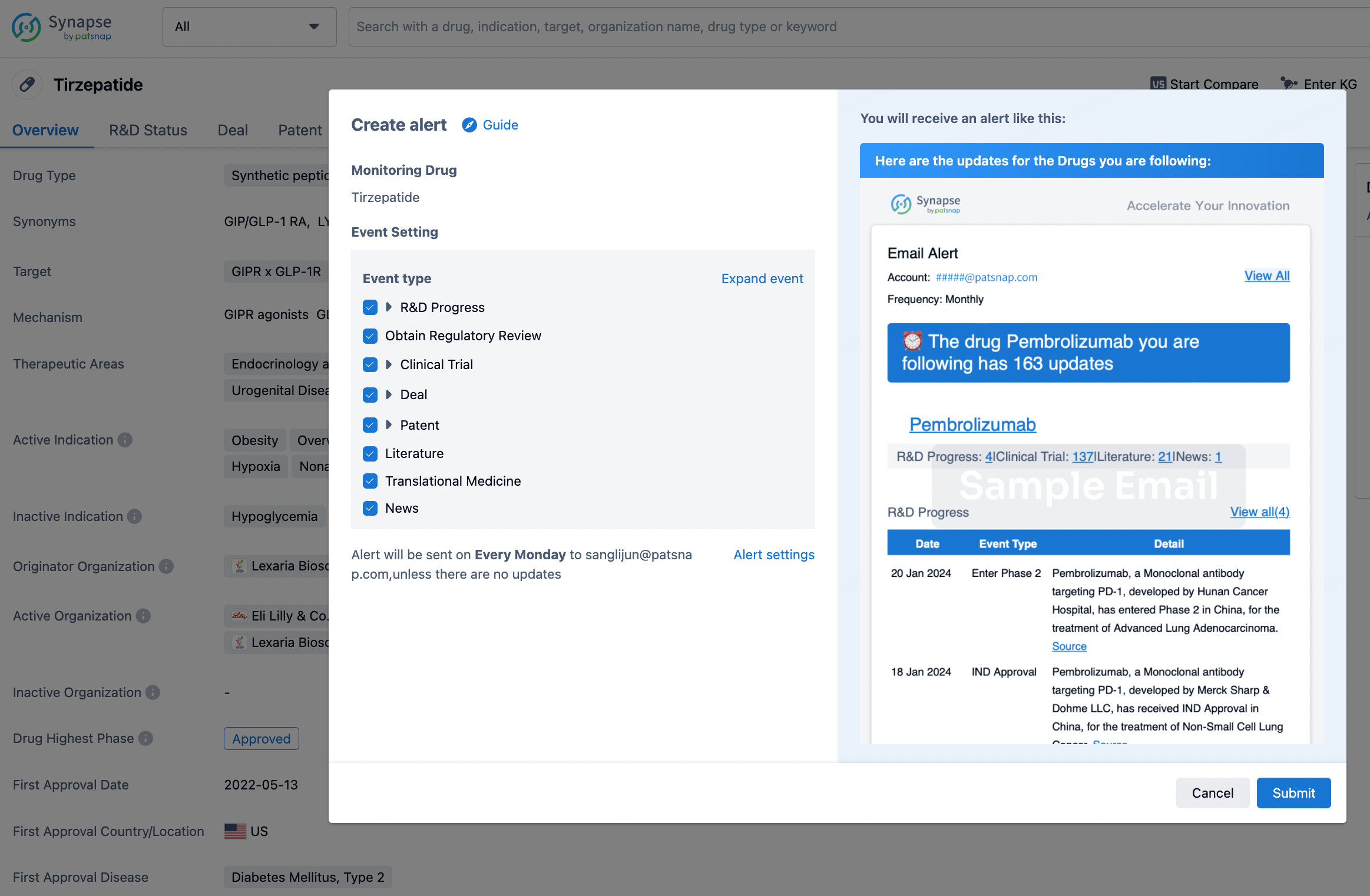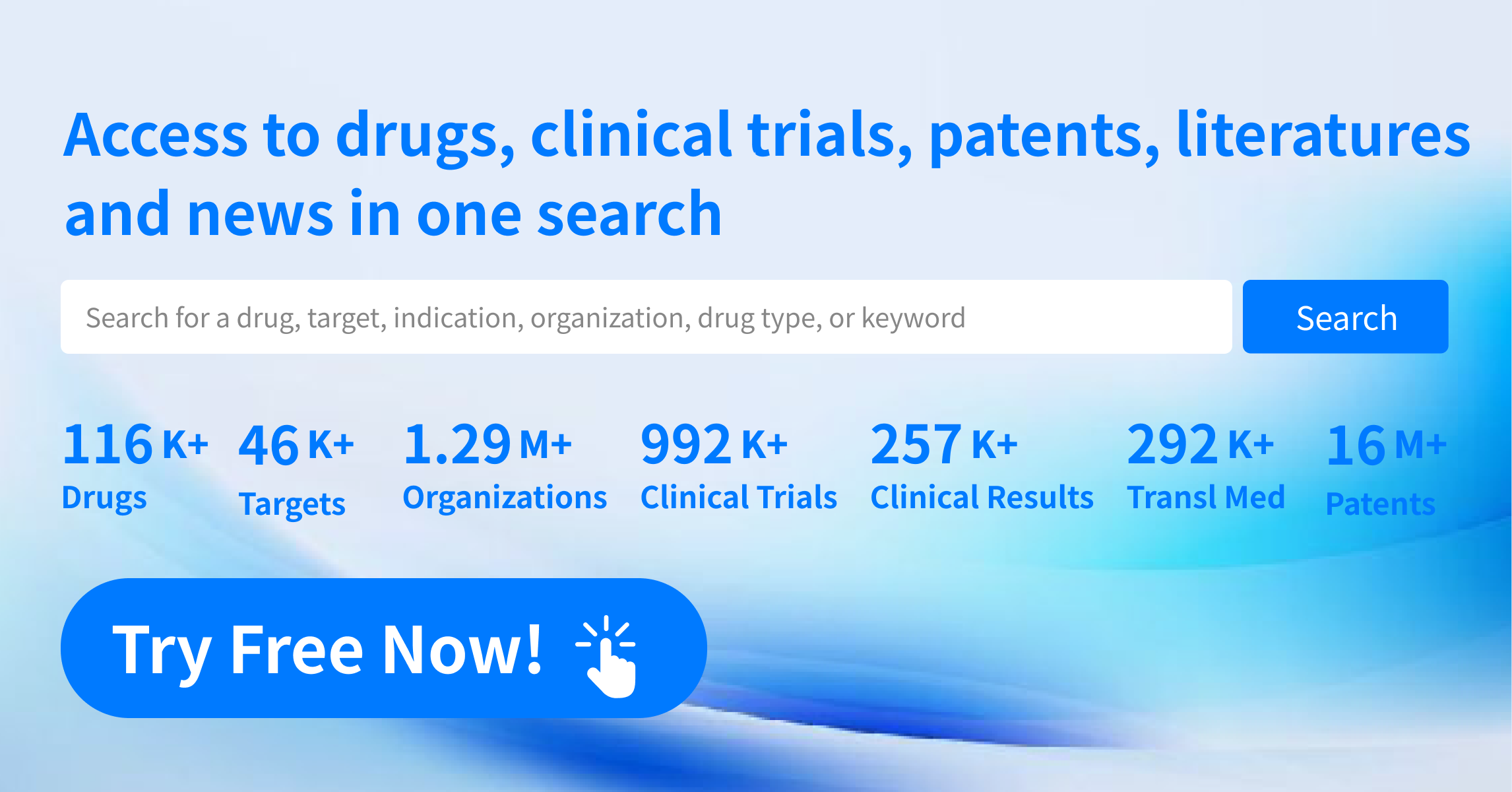Request Demo
What is the mechanism of Tocainide Hydrochloride?
17 July 2024
Tocainide hydrochloride is an antiarrhythmic medication primarily used to treat ventricular arrhythmias, conditions characterized by abnormal electrical activity in the ventricles of the heart. Understanding the mechanism of tocainide hydrochloride involves delving into its pharmacological properties, its effects on cardiac cells, and how it achieves its therapeutic outcomes.
Tocainide hydrochloride belongs to the class Ib antiarrhythmic agents, which work by blocking sodium channels in the cardiac cells. Sodium channels are essential for the initiation and propagation of action potentials, which are the electrical impulses that trigger heart muscle contraction. In normal circumstances, these channels open rapidly in response to a stimulus, allowing sodium ions to rush into the cell, which then leads to a chain reaction of events culminating in a heartbeat.
In the case of ventricular arrhythmias, the electrical signaling within the heart is disrupted, leading to irregular heartbeats. Tocainide exerts its effects by selectively blocking these sodium channels, particularly in their open or inactive states. By doing this, tocainide reduces the influx of sodium ions into the cardiac cells during the depolarization phase of the action potential. This action decreases the rate and magnitude of depolarization, effectively stabilizing the cell membrane and making it less excitable.
The selective blocking of sodium channels by tocainide is especially pronounced in ischemic or damaged myocardial tissue, where abnormal electrical activity is more likely to occur. By preferentially targeting these areas, tocainide helps to normalize the electrical activity without significantly affecting the function of healthy cardiac tissues. This selective action helps in reducing the risk of proarrhythmia, a condition where antiarrhythmic drugs themselves can paradoxically cause new arrhythmias.
Furthermore, tocainide has a relatively rapid onset of action and a short duration of effect, which allows for better control over its therapeutic use. As a result, it can be particularly useful in acute settings where quick intervention is required to restore normal heart rhythm.
Another important aspect of tocainide's mechanism is its effect on conduction velocity. By slowing down the conduction of electrical impulses through the heart, tocainide helps to prevent the reentrant circuits that are often responsible for sustaining ventricular arrhythmias. This slowing effect is more pronounced at higher heart rates, making tocainide effective during episodes of tachycardia.
Additionally, tocainide has minimal effects on the duration of the action potential and the refractory period of cardiac cells. This makes it distinct from other classes of antiarrhythmics that significantly prolong these parameters and can lead to complications such as torsades de pointes, a specific type of dangerous arrhythmia.
In summary, the mechanism of tocainide hydrochloride involves the selective blocking of sodium channels in cardiac cells, particularly in areas of ischemic or damaged tissue. By reducing the influx of sodium ions during depolarization, tocainide stabilizes the cell membrane, decreases excitability, and slows conduction velocity. These actions help to normalize the electrical activity of the heart and effectively treat ventricular arrhythmias, making tocainide an important agent in the management of these potentially life-threatening conditions.
Tocainide hydrochloride belongs to the class Ib antiarrhythmic agents, which work by blocking sodium channels in the cardiac cells. Sodium channels are essential for the initiation and propagation of action potentials, which are the electrical impulses that trigger heart muscle contraction. In normal circumstances, these channels open rapidly in response to a stimulus, allowing sodium ions to rush into the cell, which then leads to a chain reaction of events culminating in a heartbeat.
In the case of ventricular arrhythmias, the electrical signaling within the heart is disrupted, leading to irregular heartbeats. Tocainide exerts its effects by selectively blocking these sodium channels, particularly in their open or inactive states. By doing this, tocainide reduces the influx of sodium ions into the cardiac cells during the depolarization phase of the action potential. This action decreases the rate and magnitude of depolarization, effectively stabilizing the cell membrane and making it less excitable.
The selective blocking of sodium channels by tocainide is especially pronounced in ischemic or damaged myocardial tissue, where abnormal electrical activity is more likely to occur. By preferentially targeting these areas, tocainide helps to normalize the electrical activity without significantly affecting the function of healthy cardiac tissues. This selective action helps in reducing the risk of proarrhythmia, a condition where antiarrhythmic drugs themselves can paradoxically cause new arrhythmias.
Furthermore, tocainide has a relatively rapid onset of action and a short duration of effect, which allows for better control over its therapeutic use. As a result, it can be particularly useful in acute settings where quick intervention is required to restore normal heart rhythm.
Another important aspect of tocainide's mechanism is its effect on conduction velocity. By slowing down the conduction of electrical impulses through the heart, tocainide helps to prevent the reentrant circuits that are often responsible for sustaining ventricular arrhythmias. This slowing effect is more pronounced at higher heart rates, making tocainide effective during episodes of tachycardia.
Additionally, tocainide has minimal effects on the duration of the action potential and the refractory period of cardiac cells. This makes it distinct from other classes of antiarrhythmics that significantly prolong these parameters and can lead to complications such as torsades de pointes, a specific type of dangerous arrhythmia.
In summary, the mechanism of tocainide hydrochloride involves the selective blocking of sodium channels in cardiac cells, particularly in areas of ischemic or damaged tissue. By reducing the influx of sodium ions during depolarization, tocainide stabilizes the cell membrane, decreases excitability, and slows conduction velocity. These actions help to normalize the electrical activity of the heart and effectively treat ventricular arrhythmias, making tocainide an important agent in the management of these potentially life-threatening conditions.
How to obtain the latest development progress of all drugs?
In the Synapse database, you can stay updated on the latest research and development advances of all drugs. This service is accessible anytime and anywhere, with updates available daily or weekly. Use the "Set Alert" function to stay informed. Click on the image below to embark on a brand new journey of drug discovery!
AI Agents Built for Biopharma Breakthroughs
Accelerate discovery. Empower decisions. Transform outcomes.
Get started for free today!
Accelerate Strategic R&D decision making with Synapse, PatSnap’s AI-powered Connected Innovation Intelligence Platform Built for Life Sciences Professionals.
Start your data trial now!
Synapse data is also accessible to external entities via APIs or data packages. Empower better decisions with the latest in pharmaceutical intelligence.


